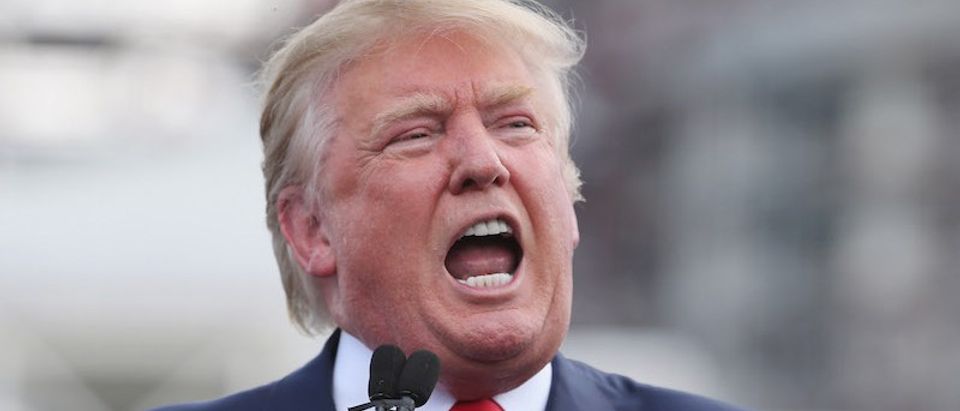Donald Trump likes to talk. Some of what he says resonates well with the electorate; others are things that make you go hmmm. On Monday he made a statement during an interview with CNN’s Chris Cuomo that fell into the second category. Trump was speaking on national debt and U.S. default when he said “This is the United States government. First of all, you never have to default because you print the money.”
Setting aside that the president doesn’t order paper money to be printed — that request comes from the Federal Reserve – the reader should ask themselves, what was Trump really saying? Being that as much as 90 percent of American money exists only electronically, Trump was likely signaling that he will continue the economic policies of the current administration, which are not conservative. This is based on his allusion to, albeit without naming, quantitative easing.
What is quantitative easing? Briefly, quantitative easing is a monetary policy describing the actions of a nation’s central bank when it prints money so that it can buy debt in order to stimulate the economy; all this is done when the interest rate is set at or near zero. The money used by the central bank to purchase the debt is created either by printing more or by electronically adding it to an account; it is there on the balance sheet but doesn’t have to exist. In the recent world-wide economic recession, a form of quantitative easing has been used by the Fed, the Bank of England and the European Central Bank, to greater or lesser extents.
Unfortunately, quantitative easing carries severe risks. One of the dangers is that too much money could be created, which in turn would devalue the current supply and spur higher, or even hyper-, inflation. Another, and more probable, danger is found on the back end of the process. Even if the quantitative easing worked, would the politicians involved have the fiscal discipline necessary to reverse the process, or engage in “quantitative tightening?” This would be done by selling the excess assets, thus removing the surplus money from the system. There has been some global quantitative tightening over the past year, but it hasn’t been led by the Fed. Rather, it has come as a result of China’s shift in currency policy and it’s selling of U.S. Treasuries.
As with all Trump statements, support comes from surprising sources. In this case, Grover Norquist, the president of Americans for Tax Reform, defended Trump’s comments. According to CNN, Norquist said “Well, that’s just stating a fact. It’s what the United States government has been doing for quite a number of years is printing more money … when somebody says this is the way governments have behaved, that’s not necessarily an argument that that’s what they ought to do — what we should do is reduce spending as well as create growth.”
Perhaps Norquist is taking into account Trump’s fluid positions, which aims for nuance but regularly features total reversal, but I don’t think so. Trump wasn’t giving a historical overview of American monetary policy. He was stating how, as president, he would avoid defaulting on U.S. debt. He gave a specific solution to a likely problem, since many experts believe there will be another recession by year’s end or early 2017.
So, should the U.S. simply print more money in order to address debt and avoid default? From 2009 through 2014, the U.S. practiced qualitative easing. Yet the Fed’s interest rates were only recently increased from zero to .50 percent and the economy is still stuck in a historically sluggish recovery. In Europe, things are even worse. Some countries have implemented negative interest rates and the ECB maintains a zero percent rate. Not the raving success everyone was hoping it would be.
The wonderful and sometimes painful thing about Trump is that he will speak his mind, which he did during Monday’s CNN interview. Despite spin to the contrary, Trump was alerting the nation that he will likely maintain current U.S. economic policy, including qualitative easing. For a man who has earned a lot of money in his life, Trump seems to be ignorant on how it’s made. Someone should tell him that it is not easy, printing green.


